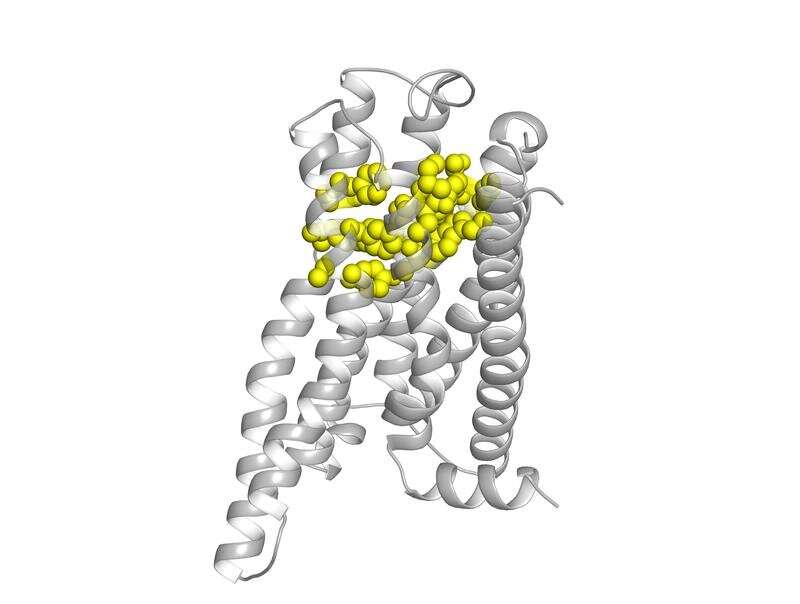This article has been reviewed according to Science X's editorial process and policies. Editors have highlighted the following attributes while ensuring the content's credibility:
fact-checked
peer-reviewed publication
proofread
Bitter taste receptors could serve as endogenous sensors for bile acids, suggests study

Taste receptors for bitter substances are not only found on the tongue but also on cells outside the oral cavity. As a new study by the Leibniz Institute for Food Systems Biology at the Technical University of Munich now shows, extraoral bitter taste receptors could also serve as endogenous sensors for bile acids.
This discovery suggests that, in addition to food components, endogenous substances may have influenced the evolution of bitter taste receptors. Furthermore, the study provides new approaches to explore the health effects of food constituents in which extraoral bitter taste receptors are involved.
As taste sensors, bitter taste receptors serve to detect and avoid potential toxins in food. Relatively recent findings also indicate that bitter taste receptors are also found on cells of the lung, brain, and gastrointestinal tract, and on blood and sperm cells. A fact that suggests further, less well-studied receptor functions exist in the body, especially since the human body also produces bitter substances itself.
Based on these findings, the question arises whether bitter taste receptors evolved primarily as taste receptors or rather as endogenous sensors interacting with endogenous bitter substances. The latter, of course, would require that concentrations of endogenous substances in the corresponding body fluids be sufficient to activate endogenous bitter taste receptors on extraoral tissues and cells.
Bile acids are endogenous bitter substances
Bile acids are a good example of endogenous bitter substances and are present in various body fluids. Therefore, a team led by Maik Behrens from the Leibniz Institute in Freising, Germany, investigated which of the approximately 25 human bitter taste receptor types respond to physiologically relevant bile acid concentrations. For this purpose, the team used an established cellular test system and combined functional experiments with molecular modeling approaches. The eight bile acids tested included primary, secondary, tertiary, and conjugated bile acids. The study is published in the journal Communications Biology.
As the team shows, five bitter taste receptor types respond to the bile acids tested. "In this context, the measured activation thresholds of the receptors matched very well the bile acid concentrations reported for human body fluids in the literature," says Florian Ziegler, a doctoral student at the Leibniz Institute who contributed significantly to the study.
"Moreover, we were not only able to characterize the binding of bile acids to the bitter taste receptor TAS2R1 by modeling studies but even reproduced the differences of experimental activity data," adds Antonella Di Pizio, who heads the Molecular Modeling group at the Leibniz Institute.
Bile acids activate extraoral bitter taste receptors
"Our results suggest that there is indeed a physiological relationship between bile acids and certain extraoral bitter taste receptors and that the latter act as endogenous sensors of bile acid levels. They also support the hypothesis that not only external factors such as bitter food constituents have influenced the evolution of bitter taste receptors, but also endogenous ones," says principal investigator Maik Behrens.
However, further studies are urgently needed to clarify the exact biological functions of the extraoral receptors, the biologist continues. He adds, "Gaining a deeper understanding of these functions could provide valuable insights into the potential health effects of food components when they interact with the extraoral bitter taste receptor ligand systems."
More information: Florian Ziegler et al, Physiological activation of human and mouse bitter taste receptors by bile acids, Communications Biology (2023). DOI: 10.1038/s42003-023-04971-3
Journal information: Communications Biology
Provided by Leibniz Institute for Food Systems Biology





















